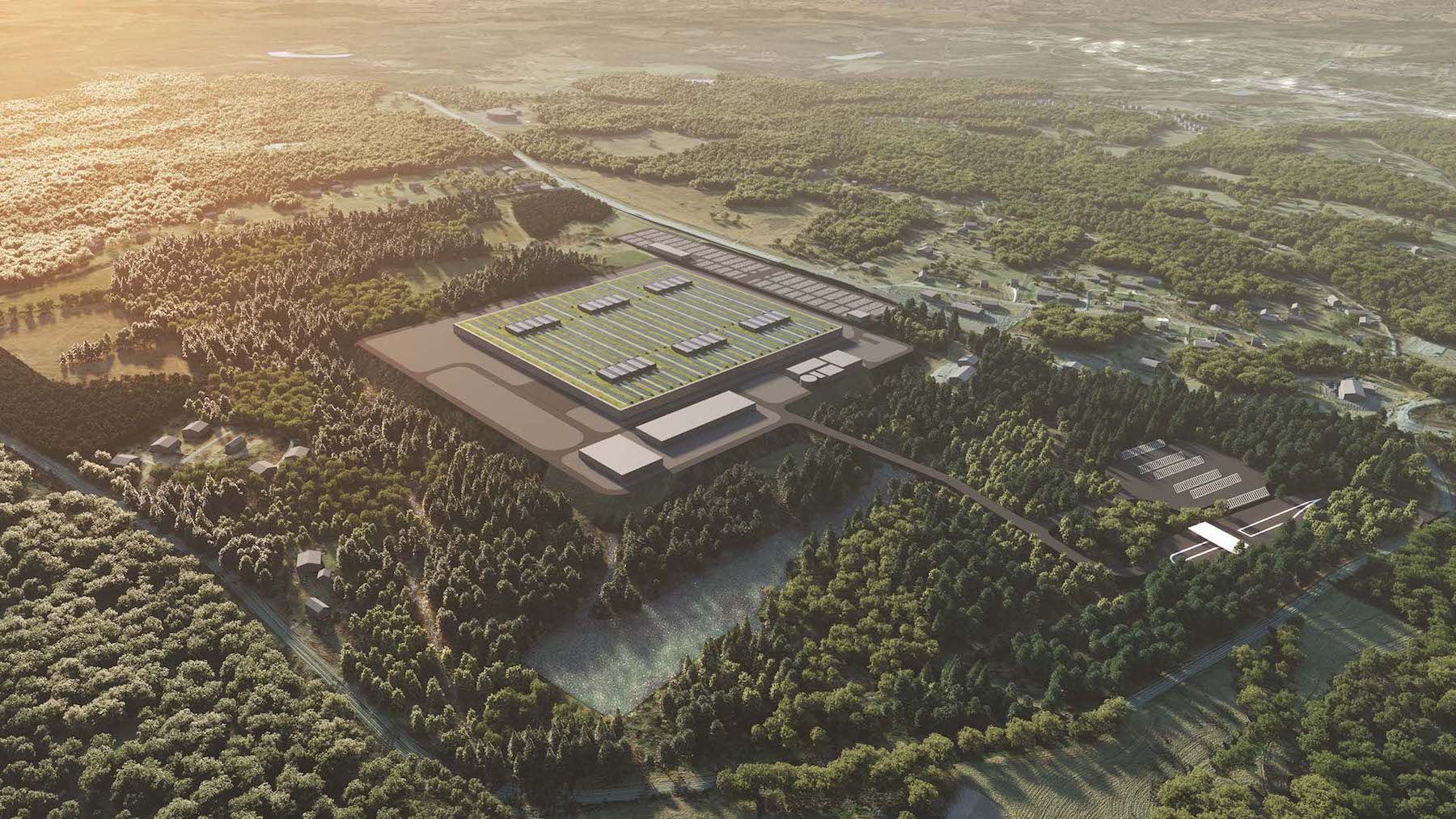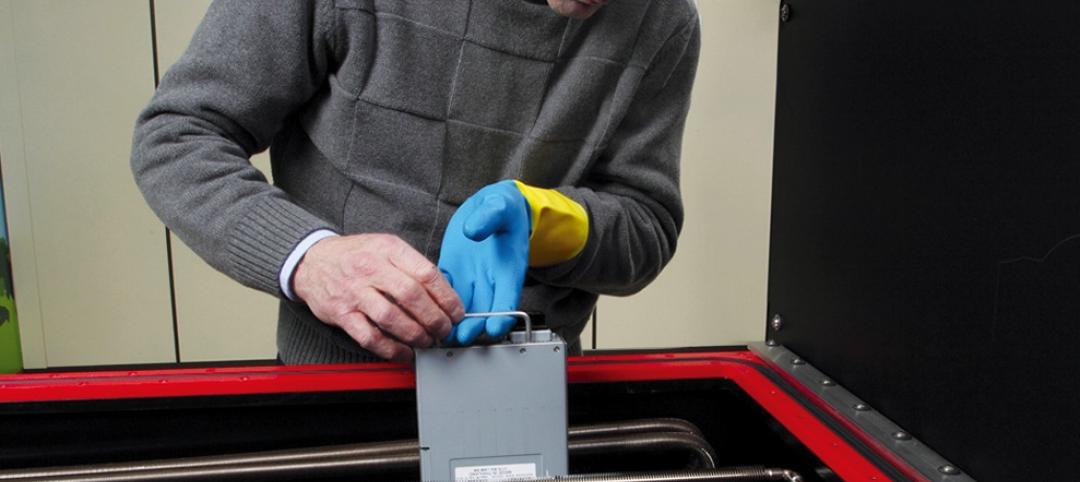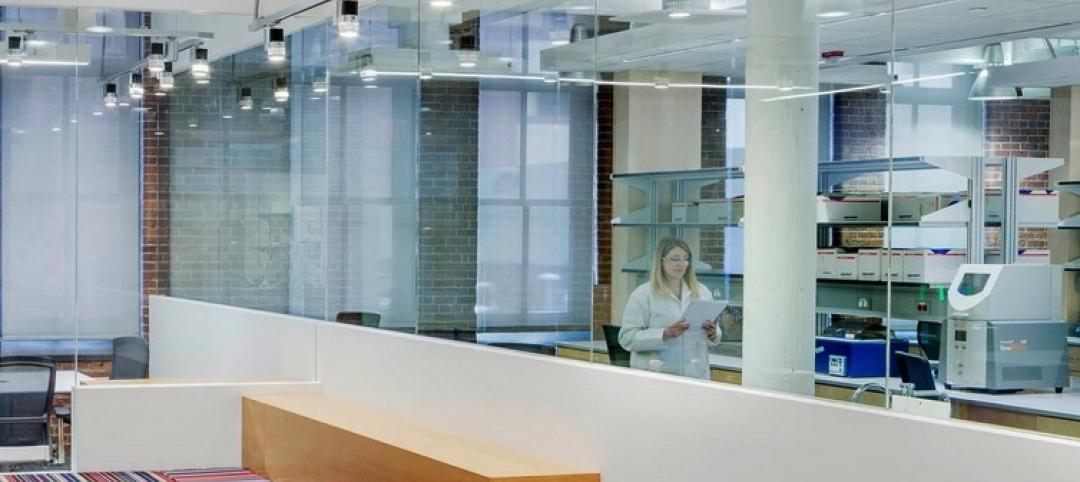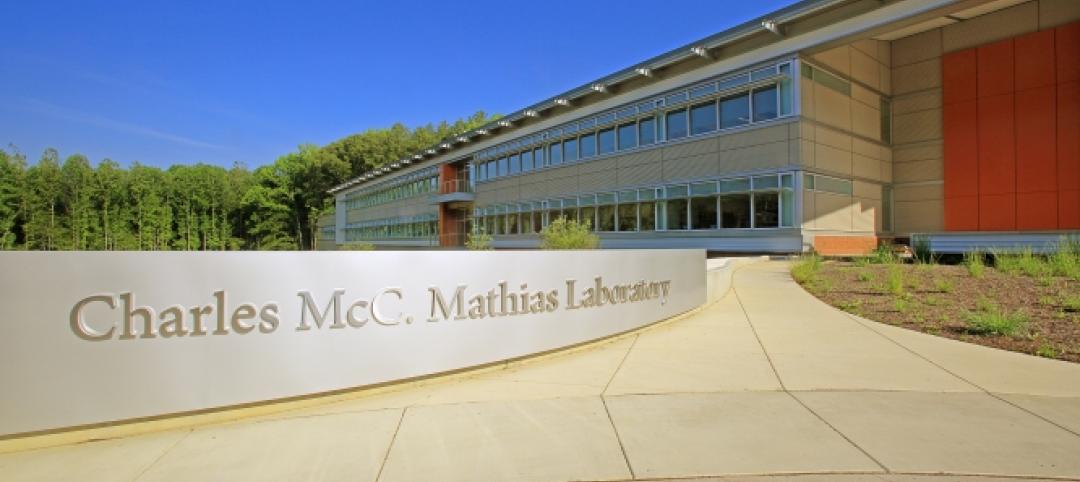ICL, a global specialty minerals company with offices in Tel Aviv, Israel, and St. Louis, broke ground earlier this month on a $400 million battery materials manufacturing plant that, when it opens in 2025, will help meet demand from energy storage, electric vehicle, and clean-energy industries for products made in the U.S.
ICL’s investment in this plant was augmented by a $197 million grant from the U.S. Department of Energy, whose Secretary, Jennifer Granholm, was among the dignitaries attending the August 8 groundbreaking, who included Missouri Governor Mike Parson, and Jarod Boyd, Chief of Staff to St. Louis Mayor Tishaura Jones.
McCarthy Building Companies is the general contractor for the 140,000-sf facility, said to be the first commercial-scale plant of its kind in the U.S. Hargrove Engineers & Consultants is providing architecture, design and all engineering services outside of CE, which Castle is covering.
The facility is expected to produce 30,000 metric tons of lithium iron phosphate (LFP). (E Source, a research, consulting, and data sciences firm, projects global demand for iron phosphate-based cathode active materials to reach 3 million tons by 2031, with a market value of $40 billion.)
The plant will be situated on ICL’s existing Carondelet campus in St. Louis, and construction is expected to create between 800 and 900 union contractor jobs. ICL is also working with Aleees, a Taiwan-based LFP materials producer, to establish a localized, integrated, and sustainable LFP supply chain for U.S.-based customers.
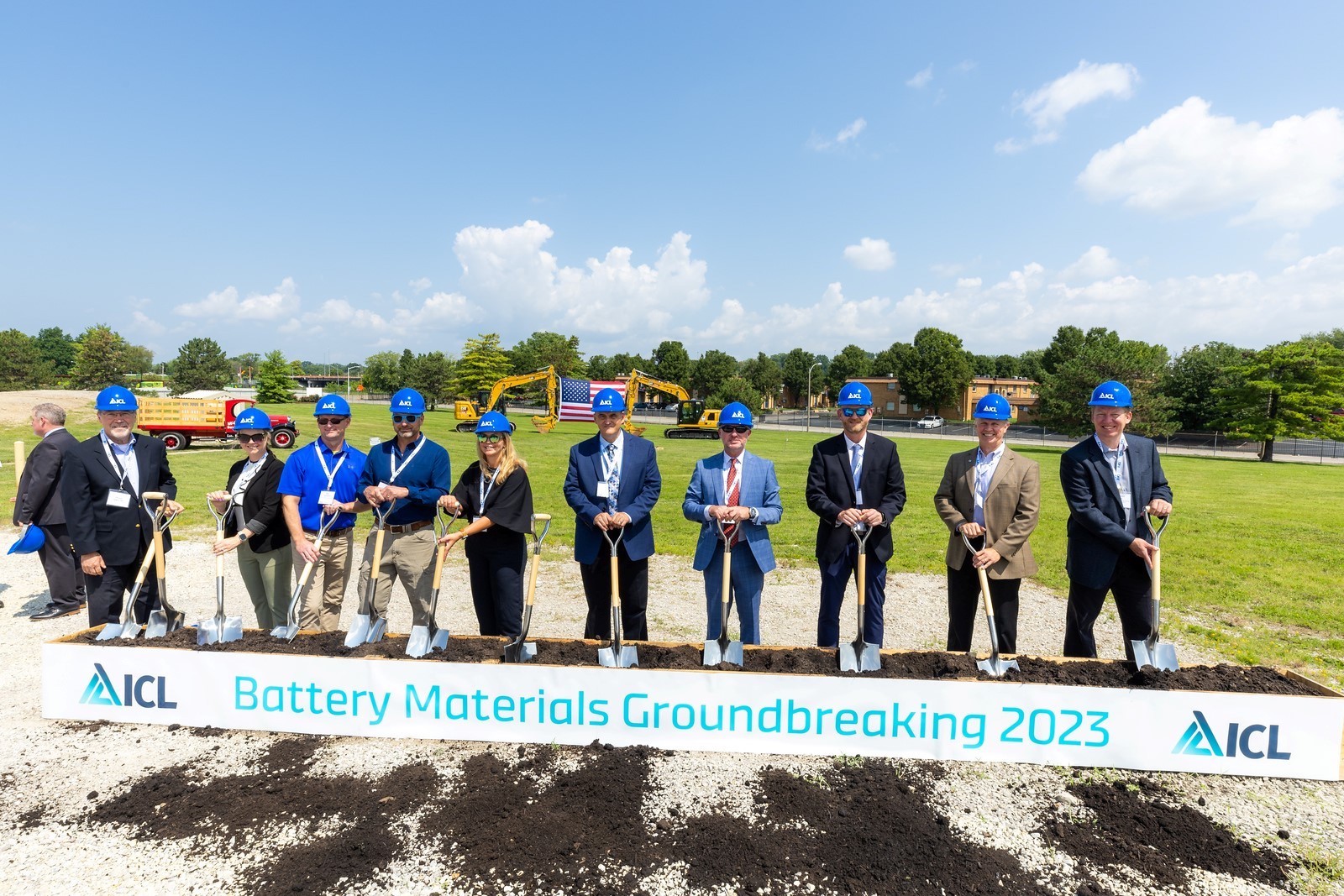
Larger-scale plants under construction
The electrification movement, spurred by passage of the Inflation Reduction Act, is emerging as a building boom. Other plants under construction include LG Energy Solutions’ $1.7 billion, 1-million-sf electric vehicle battery manufacturing facility in Holland, Mich., which should be completed by next April. LG Energy Solutions benefits from a $189 million incentives package from the Michigan Economic Development Corporation.
Last May, LG Energy Solutions and Hyundai Motor Group announced plans to build a $4.3 billion EV battery plant in Bryan County in Georgia that is expected to bring 3,000 new jobs by the end of 2025, when it will start producing 300,000 batteries per year. The plant will be near Hyundai’s Metaplant America factory, also under construction, that will produce Hyundai-, Genesis-, and Kia-branded electric vehicles.
BMW Group’s 1-million-sf, $700 million high-voltage battery assembly plant, in Woodruff, S.C., broke ground last June. The new plant, on 315 acres, will support BMW’s car factory in Spartanburg, S.C. It is designed to be solar-ready, and will use collected rainwater to reduce its water consumption. The Woodruff plant is part of BMW’s latest $1.7 billion investment in South Carolina, and its construction includes a technology building, a cafeteria, a fire department, and energy center.
The Woodruff plant will get its battery cells from Tennessee-based Envision AESC US, which is building a $810 million, 1.5-million-sf cell plant in Florence, S.C.
Last April, General Motors and South Korea-based Samsung SDI revealed plans to invest more than $3 billion in an EV battery cell plant in the U.S. The plant, to be located in Carlisle, Ind., is expected to begin operations in 2026 and create 1,700 jobs, according to both companies.
GM and LG recently completed a battery-cell plant near Warren, Ohio, and reportedly have battery cell plants in the works in Tennessee and Michigan.
Related Stories
| Oct 16, 2014
Perkins+Will white paper examines alternatives to flame retardant building materials
The white paper includes a list of 193 flame retardants, including 29 discovered in building and household products, 50 found in the indoor environment, and 33 in human blood, milk, and tissues.
| Oct 15, 2014
Harvard launches ‘design-centric’ center for green buildings and cities
The impetus behind Harvard's Center for Green Buildings and Cities is what the design school’s dean, Mohsen Mostafavi, describes as a “rapidly urbanizing global economy,” in which cities are building new structures “on a massive scale.”
| Oct 14, 2014
Slash energy consumption in data centers with liquid-based ‘immersive-cooling’ technology
A new technology promises to push the limits of data center energy efficiency by using liquid instead of air to cool the servers.
| Oct 12, 2014
AIA 2030 commitment: Five years on, are we any closer to net-zero?
This year marks the fifth anniversary of the American Institute of Architects’ effort to have architecture firms voluntarily pledge net-zero energy design for all their buildings by 2030.
| Oct 9, 2014
Beyond the bench: Meet the modern laboratory facility
Like office workers escaping from the perceived confines of cubicles, today’s scientists have been freed from the trappings of the typical lab bench, writes Perkins+Will's Bill Harris.
| Oct 1, 2014
4 trends shaping the future of data centers
As a designer of mission critical facilities, I’ve learned that it’s really difficult to build data centers to keep pace with technology, yet that’s a reality we face along with our clients, writes Gensler's Jackson Metcalf.
| Sep 24, 2014
Architecture billings see continued strength, led by institutional sector
On the heels of recording its strongest pace of growth since 2007, there continues to be an increasing level of demand for design services signaled in the latest Architecture Billings Index.
| Sep 22, 2014
4 keys to effective post-occupancy evaluations
Perkins+Will's Janice Barnes covers the four steps that designers should take to create POEs that provide design direction and measure design effectiveness.
| Sep 22, 2014
Sound selections: 12 great choices for ceilings and acoustical walls
From metal mesh panels to concealed-suspension ceilings, here's our roundup of the latest acoustical ceiling and wall products.
| Sep 19, 2014
Smithsonian Institution opens LEED Platinum lab facility
The Charles McC. Mathias Laboratory will emit 37% less CO2 than a comparable lab that does not meet LEED-certification standards.


